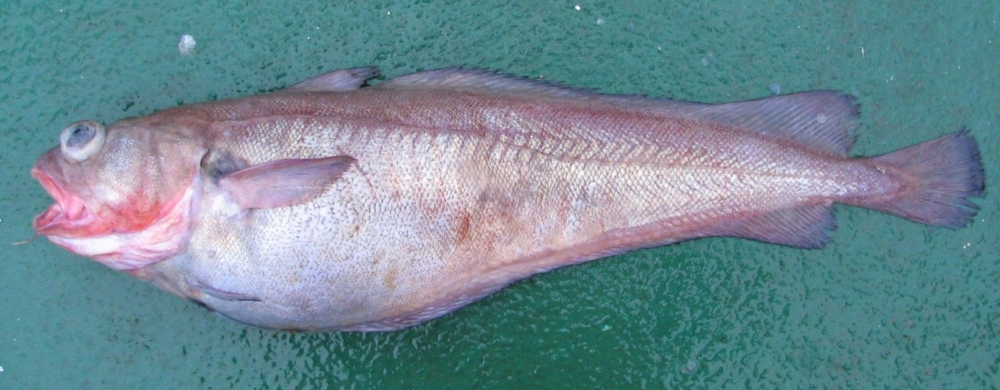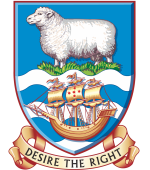Red Cod - BAC
Common Names
Red cod (UK), Brótola/Bertorella (SP), Sarirota (JA)
Scientific Name
Salilota australis
Description
Body elongate, posteriorly compressed, with rather depressed head. Snout blunt and short. Mouth protrusible, moderate in size, posterior end of upper jaw reaching to posterior margin of eye. Lower jaw slightly shorter than upper jaw, with a small chin barbel present. Villiform teeth in bands on both jaws, and on vomer. Gill rakers : top 5-7, 0-1 in arch, bottom 11-16, total 16-23. Two very small nostrils just in front of eye, both closely situated with a dermal flap in between. Eye rather small, but is often blown out in the trawl and appears large. Interorbital region flat, width about equal to caudal peduncle. Irregular small scales on head and base of each fin. Pectoral fin moderate in size. Pelvic fin situated anteriorly to pectoral fin, second fin ray elongate and well beyond anus. Dorsal fins separated by a notch, first dorsal fin bases short, second dorsal fin base long. Anal fin base as long as second dorsal fin base. Caudal fin round. Lateral line gently curved anteriorly and fairly straight posteriorly from above upper margin of opercle to caudal fin base. Body uniformly brownish-red, sometimes with a greyish tinge (mainly older ones). Stomach often blown out in the trawl. No fossa - ventral light organ, q.v. Physiculus.
Size Range
20 to 80 cm in total length. Female specimens attain larger size than males.
Depth Range
Generally between 100m and 300m, with larger fish in deeper waters.
Distribution
Throughout the FICZ.
Fishery Status
Loved by the Spanish, as it fetches a good price and gives a tasty fillet. Taken generally as a bycatch species. At certain times of the year (August-October) a number of finfish licensed vessels target spawning aggregations around Cape Meredith. A few large specimens are taken as bycatch in the Loligo fishery.
Additional Information
These are bottom-living scavengers with everything from squid to mutton bones, found in their stomachs.

